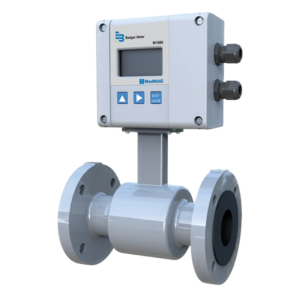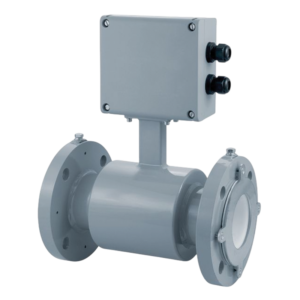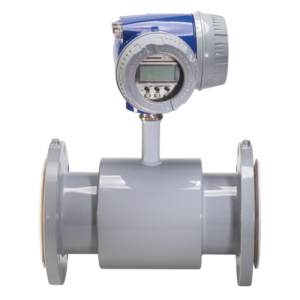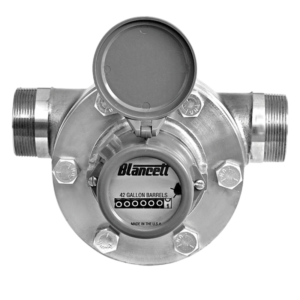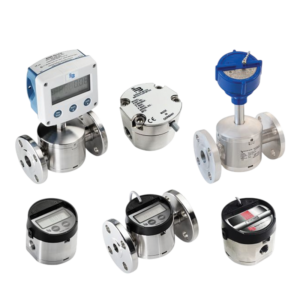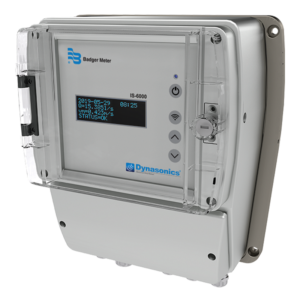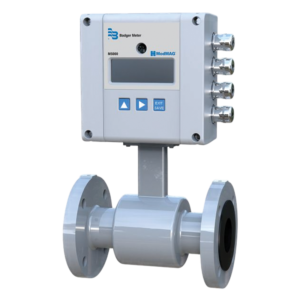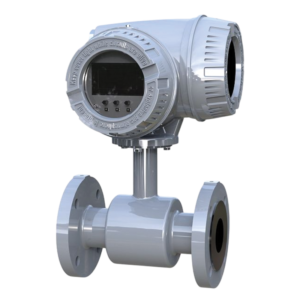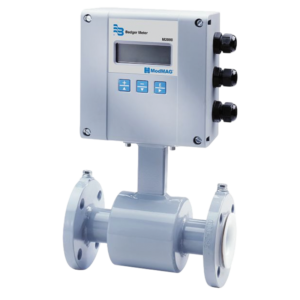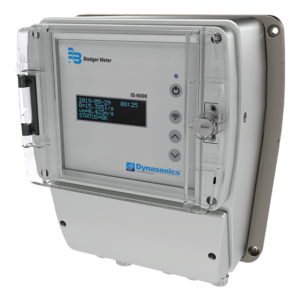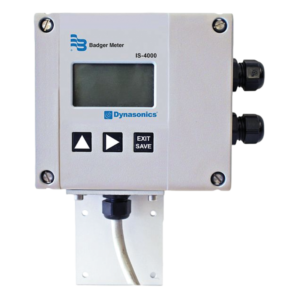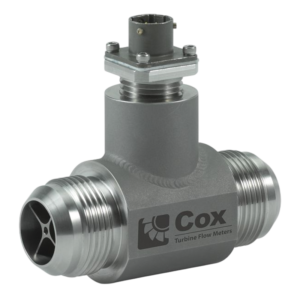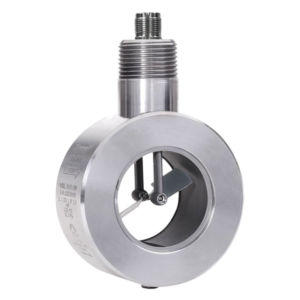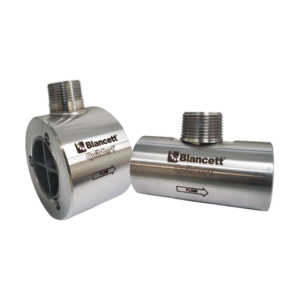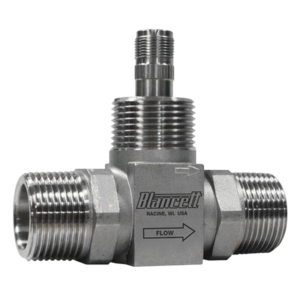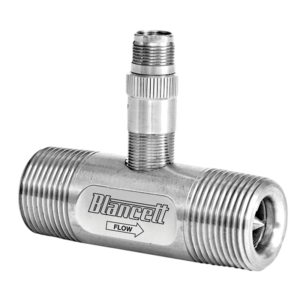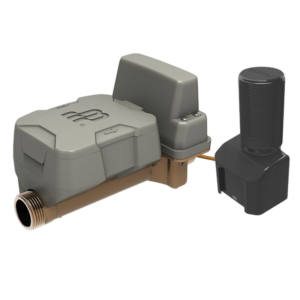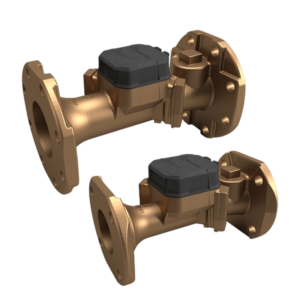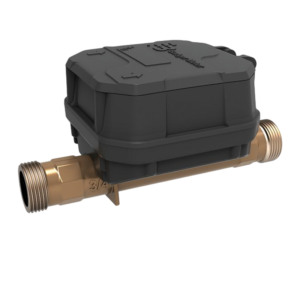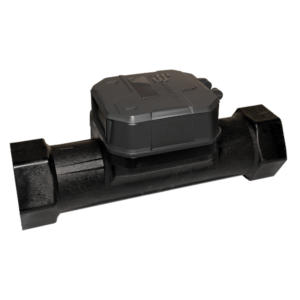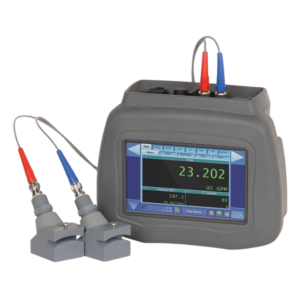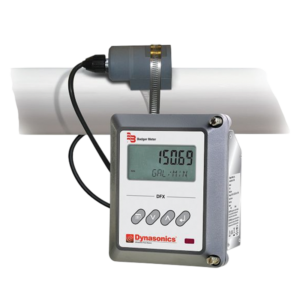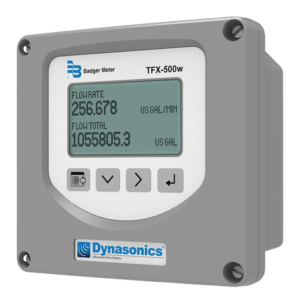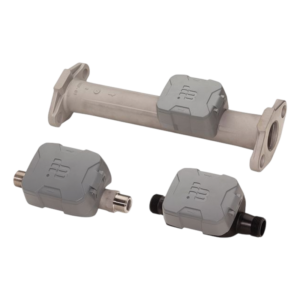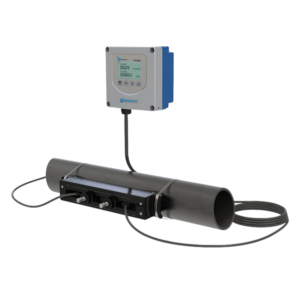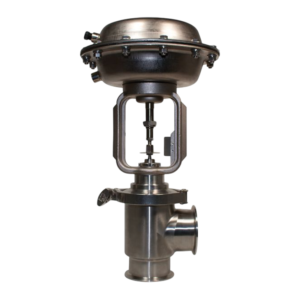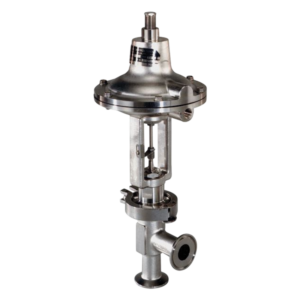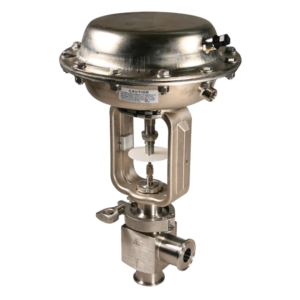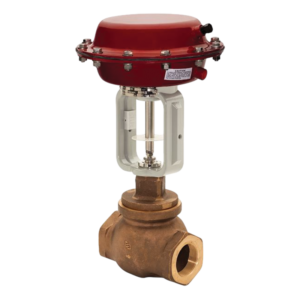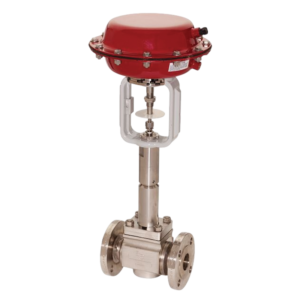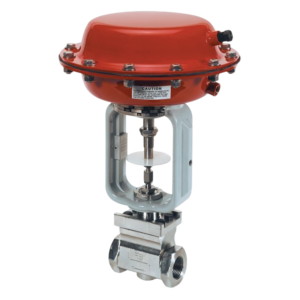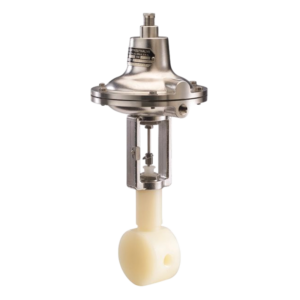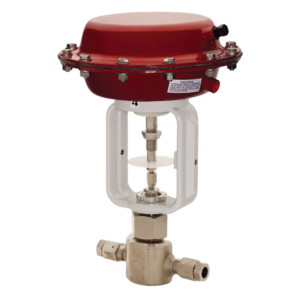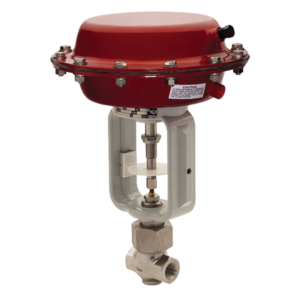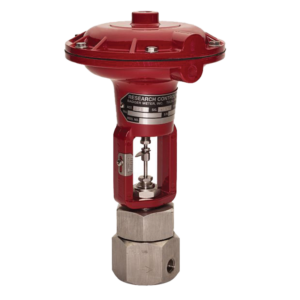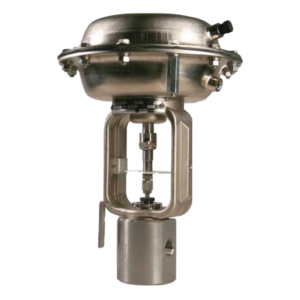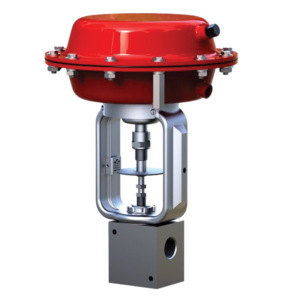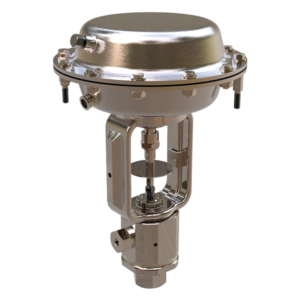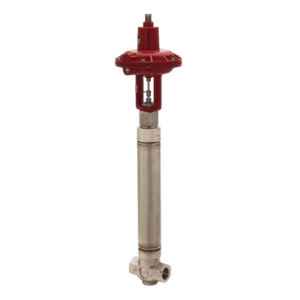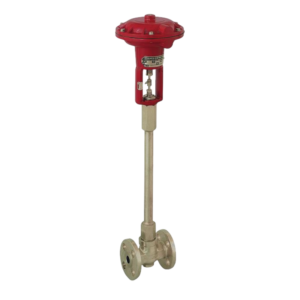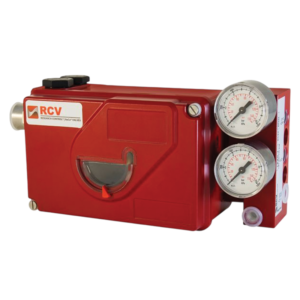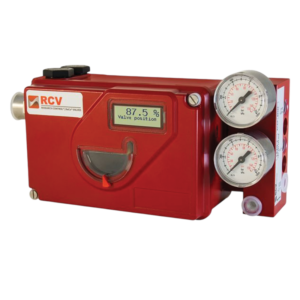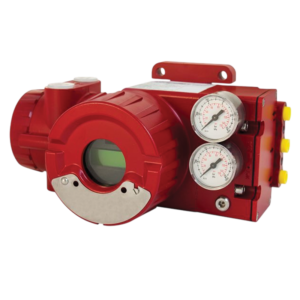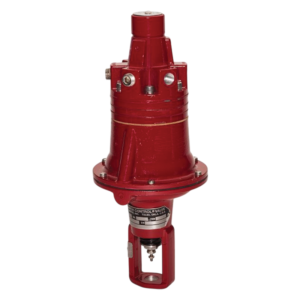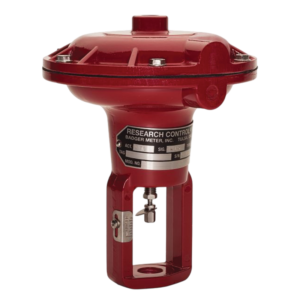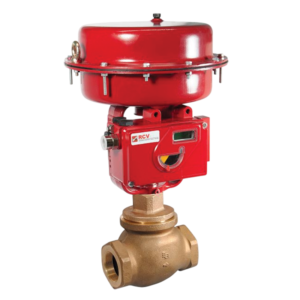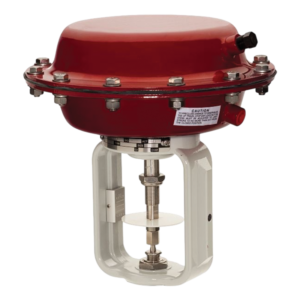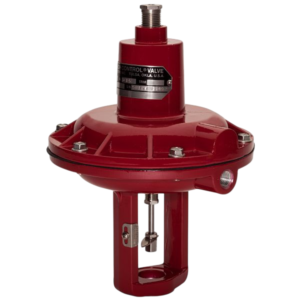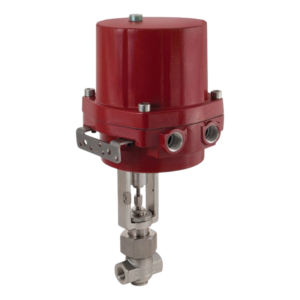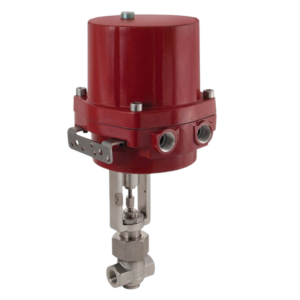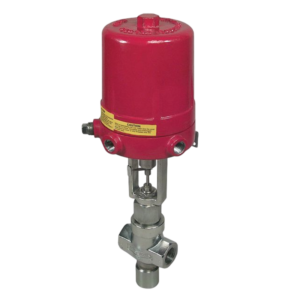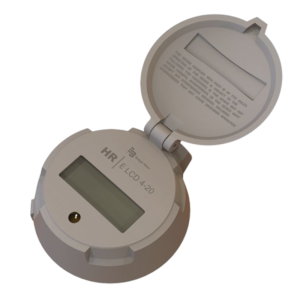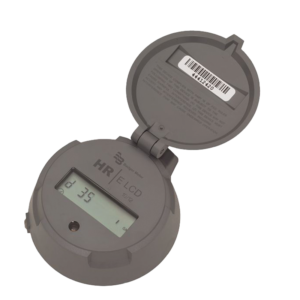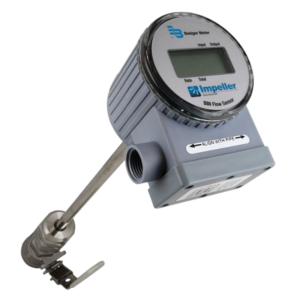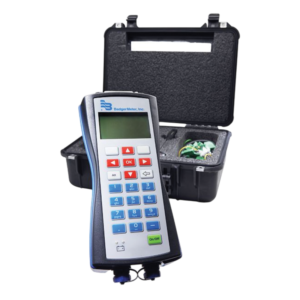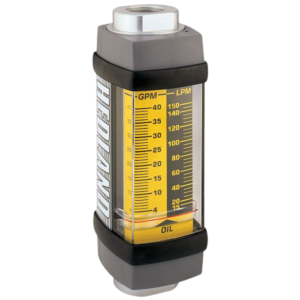
Badger Meter
Aaxis Nano Technologies Pvt. Ltd. partners with Badger Meter to deliver advanced fluid measurement solutions. This collaboration merges Aaxis Nano’s system integration expertise with Badger Meter’s precision flow measurement technology, offering high-quality flow meters, valves, and fluid meters for reliable fluid management.
Beyond meters, Badger Meter provides innovative flow measurement technologies integrated with smart infrastructure and automation, enabling real-time data acquisition and improved operational visibility.
Serving industries from water utilities to industrial processes, these solutions enhance efficiency, reduce waste, and support sustainability. Explore Badger Meter’s precision solutions through Aaxis Nano and shape a future where every drop counts.
Badger Meter Products
Flow Meters
Turbine Flow Meters
Ultrasonic
Valves
Others
The electromagnetic flow meter is an advanced electronic flow measurement device based on Faraday’s Law, and its working principle is that a conductive liquid passing through a magnetic field generates voltage proportional to flow velocity. If you’re wondering how does an electromagnetic flow meter work, or asking what is the working principle of electromagnetic flow meter, it’s all about magnetic fields, induced voltage, and non-intrusive measurement. The electromagnetic flowmeter diagram shows magnetic coils, electrodes, and a transmitter — making it easy to understand the electromagnetic flowmeter principle. For accurate, real-time flow monitoring, especially in water systems, the electromagnetic water flow meter is widely used. Still confused about what is electronic flow meter? It’s a modern solution using electronic sensing and display, including ultrasonic flow meter types that work on sound wave technology — ideal for non-conductive fluids. When trading globally, knowing the electromagnetic flowmeter HS code (typically 902610) ensures smooth customs clearance. Like every device, there are electromagnetic flow meter advantages and disadvantages: they offer high accuracy and zero pressure drop but only work with conductive liquids. In essence, whether you’re looking to understand any flowmeter option, from electromagnetic to ultrasonic, Aaxis Nano provides complete, reliable, and customized solutions tailored to your industrial needs — from selection to installation.
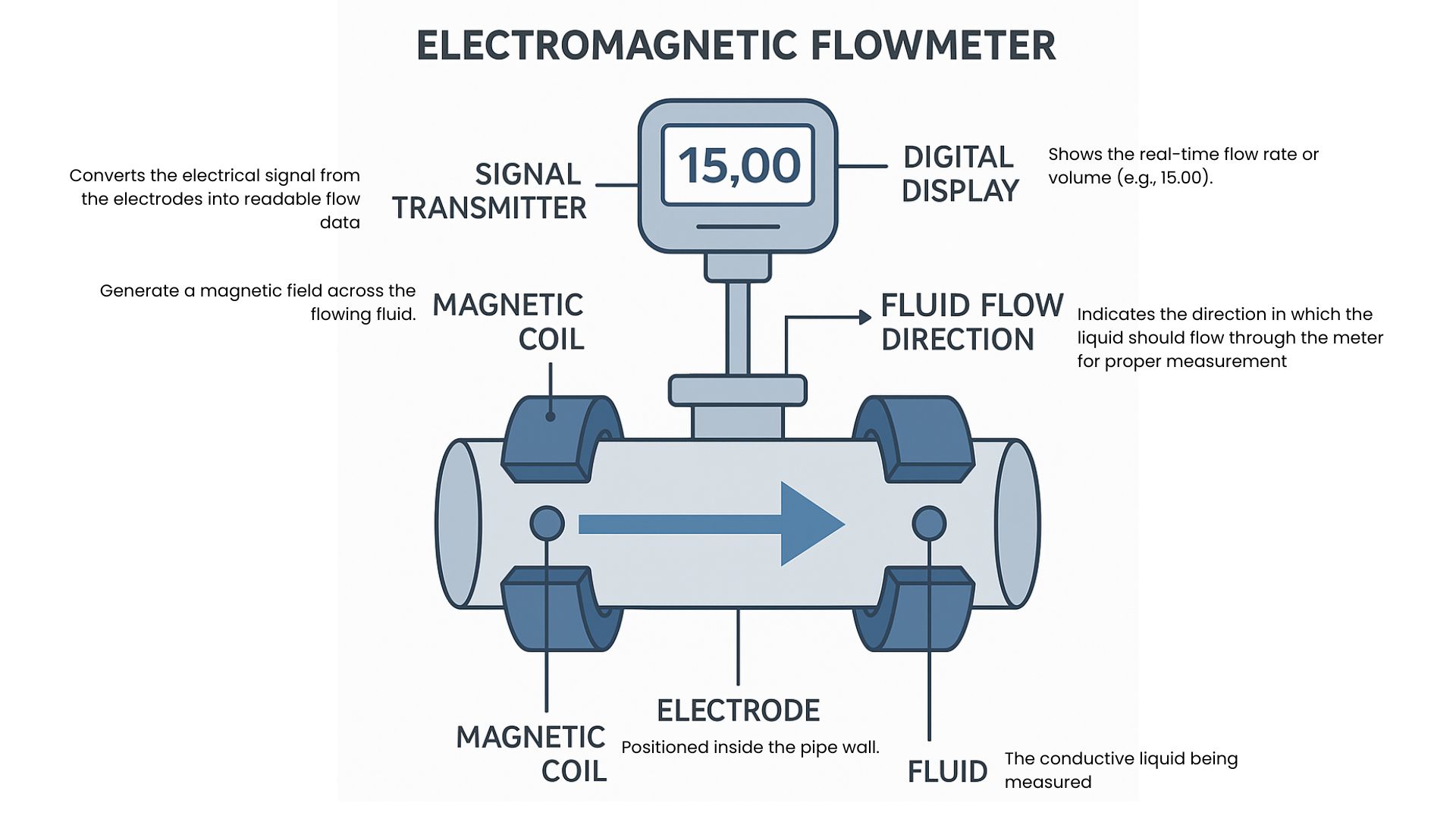
What Is an Electromagnetic Flow Meter?
An electromagnetic flow meter (magmeter) is an industrial device used to measure the volumetric flow rate of conductive fluids, including water, acids, slurries, and other liquids with electrical conductivity. It is widely used in industries such as water treatment, food and beverage, chemical processing, mining, and pharmaceuticals.
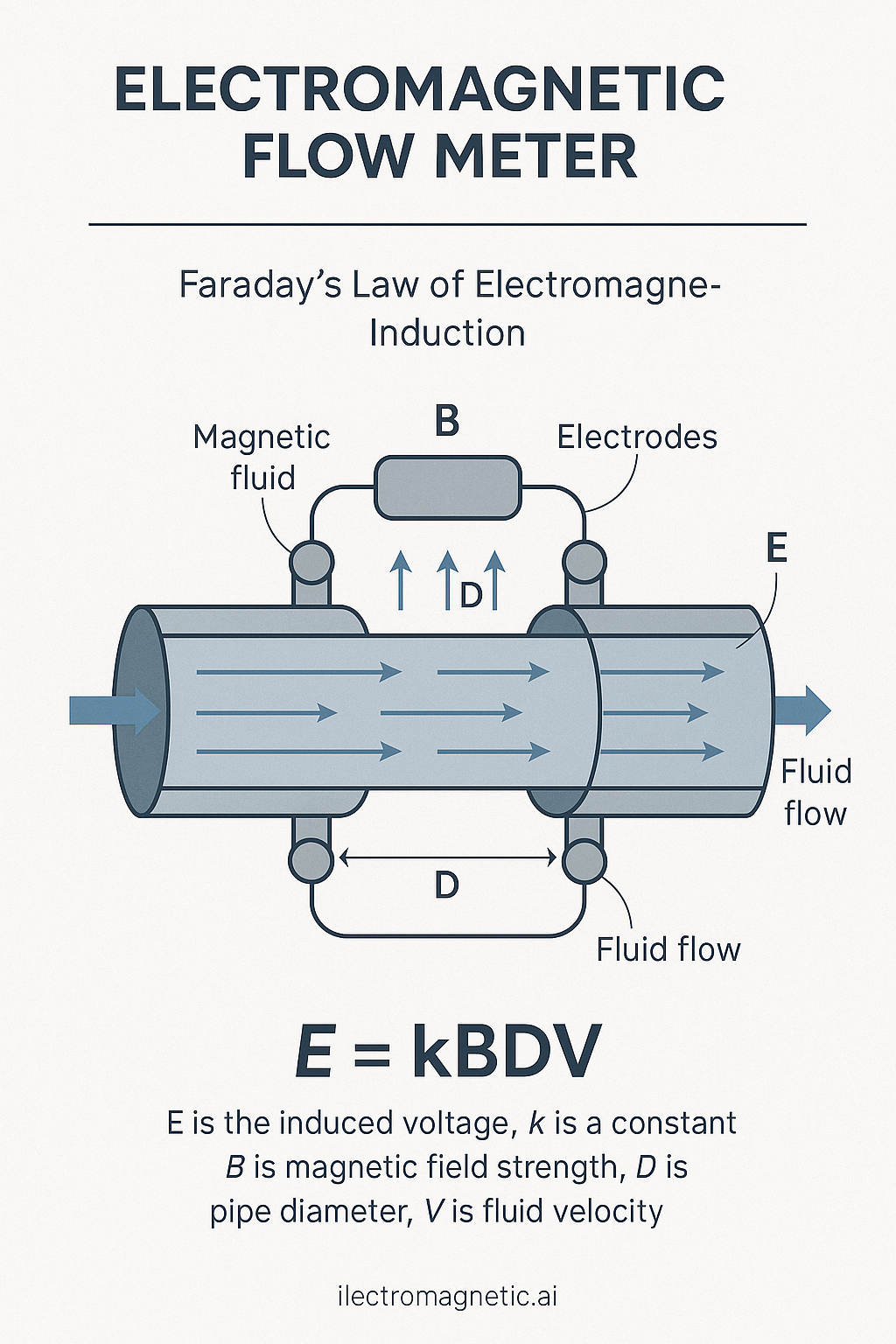
Electromagnetic Flow Meter Working Principle Explained
The working principle of an electromagnetic flow meter is based on Faraday’s Law of Electromagnetic Induction. According to this law:
“When a conductive fluid flows through a magnetic field, it induces a voltage proportional to the velocity of the fluid.”
This induced voltage is measured by electrodes, and the flow rate is calculated accordingly. The equation is:
E = kBDV,
where:
- E = Induced voltage
- k = Constant
- B = Magnetic field strength
- D = Diameter of the pipe
- V = Flow velocity
How Does an Electromagnetic Flow Meter Work?
Here’s a step-by-step of how an electromagnetic flow meter works:
- Magnetic coils inside the sensor generate a magnetic field.
- The conductive fluid passes through this field.
- Electrodes placed perpendicularly to the field and flow direction detect the induced voltage.
- The transmitter interprets this voltage and displays the flow rate.
- No moving parts ensure reduced maintenance and high reliability.
Electromagnetic Flowmeter Principle with Diagram

The electromagnetic flowmeter diagram typically includes:
- Magnetic coils – create the magnetic field
- Flow tube – through which fluid flows
- Electrodes – sense voltage from fluid movement
- Signal converter/transmitter – translates signal into a readable flow value
This setup enables precise, real-time flow measurement with minimal energy loss.
How Does an Electromagnetic Flow Meter Work?
Here’s a step-by-step of how an electromagnetic flow meter works:
- Magnetic coils inside the sensor generate a magnetic field.
- The conductive fluid passes through this field.
- Electrodes placed perpendicularly to the field and flow direction detect the induced voltage.
- The transmitter interprets this voltage and displays the flow rate.
- No moving parts ensure reduced maintenance and high reliability.
Electromagnetic Flowmeter Principle with Diagram

The electromagnetic flowmeter diagram typically includes:
- Magnetic coils – create the magnetic field
- Flow tube – through which fluid flows
- Electrodes – sense voltage from fluid movement
- Signal converter/transmitter – translates signal into a readable flow value
This setup enables precise, real-time flow measurement with minimal energy loss.
Accessories & Add-Ons
- Remote Display Units – up to 30 meters away
- Data Loggers – SD card or online logging
- GSM/IoT Modules – cloud connectivity for remote areas
- Custom Flanges & Fittings – for high-pressure applications
- Solar Power Kits – for battery-powered remote use
Electromagnetic Flowmeter HS Code – For International Trade
The HS code (Harmonized System code) for electromagnetic flow meters is generally classified under 902610, which stands for:
“Instruments and apparatus for measuring or checking the flow or level of liquids.”
This classification is vital for:
- Import/export documentation
- Customs clearance
- GST/Taxation categorization
Advantages and Disadvantages of Electromagnetic Flow Meters
| Advantages | Disadvantages |
|---|---|
| No moving parts, meaning less wear and tear | Can only measure conductive liquids (minimum ~5 µS/cm) |
| Accurate measurements even with turbulent or dirty fluids | Not suitable for hydrocarbons, oils, or gases |
| No pressure loss, since the flow path is unobstructed | Needs power supply for operation |
| Suitable for large pipe diameters | Generally higher cost than mechanical meters |
| Compatible with corrosive and abrasive media |
Why Choose Aaxis Nano?
At Aaxis Nano, we do not provide training courses, but we offer end-to-end industrial solutions, including:
- Supply and installation of electromagnetic and ultrasonic flow meters
- Custom-built flow solutions based on your industry
- Post-installation support and troubleshooting
- Compliance assistance (including HS codes and documentation)
- Expert consultation on selecting the right technology

